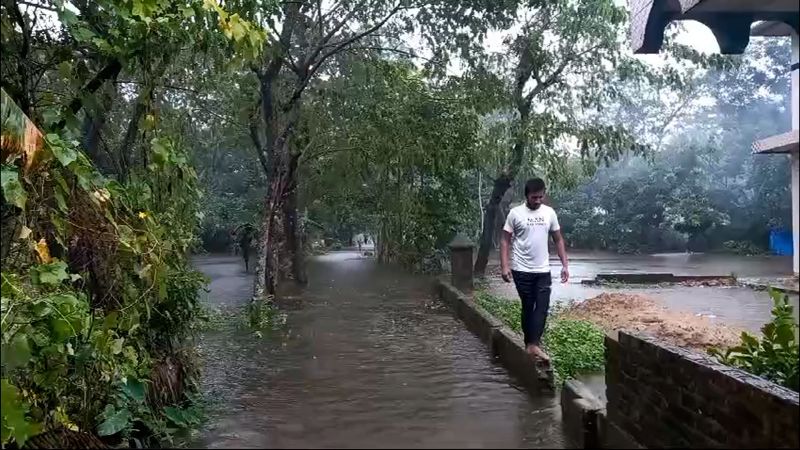
Catastrophic Deluge Unleashes Havoc on Hundreds of Thousands in Bangladesh and Northeast India
The monsoon season in Bangladesh and Northeast India, which typically extends from June to October, is historically associated with heavy rainfall, which generates an annual cycle of flooding impacting millions of inhabitants. However, a discussion about the recent bouts of extraordinary deluges that have besieged these regions cannot be exhausted without raising the flag of climate change and its cascading effects, thereby putting an urgent call to actions to mitigate its devastating impacts.
In most recent years, these areas have increasingly born the brunt of deadly and disastrous flooding. Bangladesh, wedged between India and Myanmar and marred by the confluence of several major rivers including the Ganges and Brahmaputra, faces significant challenges in regards to flooding due to its geographical placement and topographical landscape.
In Northeast India too, the state of Assam is periodically struck by severe floods, as copious rains excessively fill the Brahmaputra basin, spilling onto villages and rural communities. This natural calamity comes with catastrophic consequences, impacting hundreds of thousands of inhabitants, disrupting their lives, livelihoods and causing irreversible damages to the local ecosystem.
The scale and magnitude of the destruction caused by these floods are enormous. In Bangladesh, for instance, the floods have swept away thousands of homes, ravaged crops that constitute the primary livelihood of many rural dwellers, and left many areas inaccessible due to damaged road networks. Once-thriving communities have been reduced to inhabitable marshlands, with millions displaced and forced to seek cover in makeshift relief camps. Similarly, in Northeast India, the rising waters of the Brahmaputra River have wreaked havoc across Assam’s wildlife reserves and human habitats alike.
The human toll due to these floods is harrowing and tragic. Loss of lives is a common occurrence, with the weakest and poorest being hit the hardest. While government and humanitarian agencies run rescue and relief operations in collaboration, the scale of such disasters makes the endeavor challenging. Critical resources such as food, drinking water, healthcare, and medicine are not always readily available to meet the vast demand in the flood-affected areas.
The calamitous floods also have an alarming effect on local biodiversity and the environment. In Assam, the floodwaters often inundate the famous Kaziranga National Park, leading to stranding or death of numerous species, including the globally endangered one-horned rhinoceros. The spillovers from flooded land can also pollute freshwater sources and local ecosystems, thus disturbing the environmental balance in these regions.
Global climate change omin
